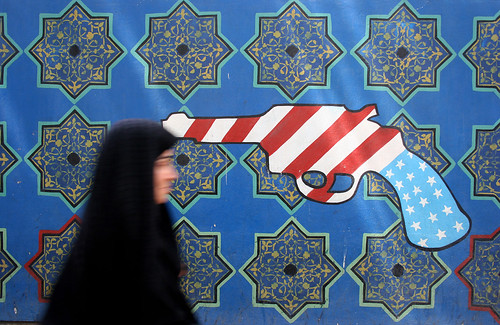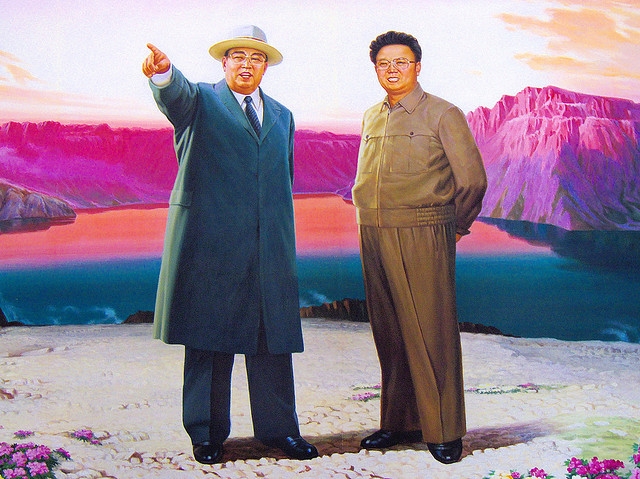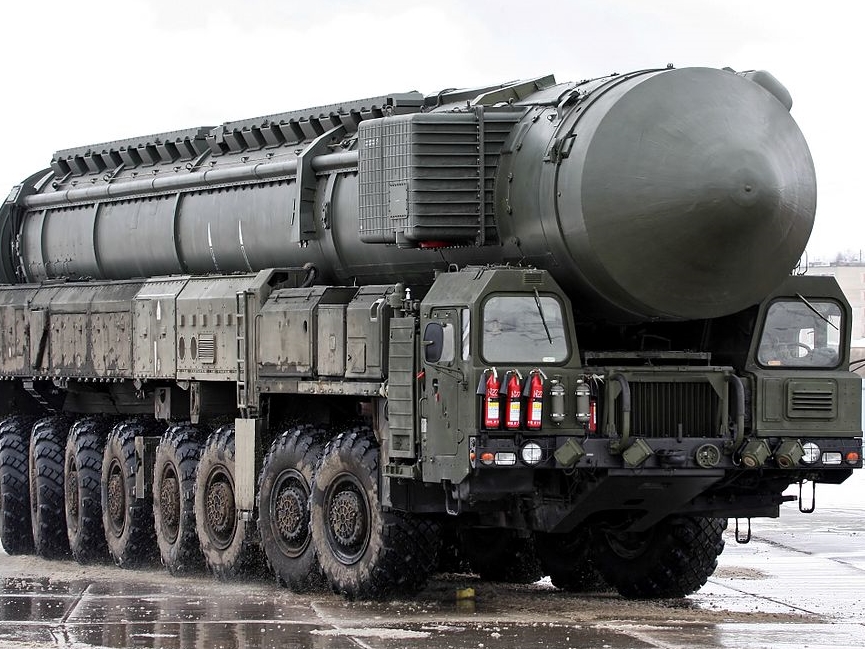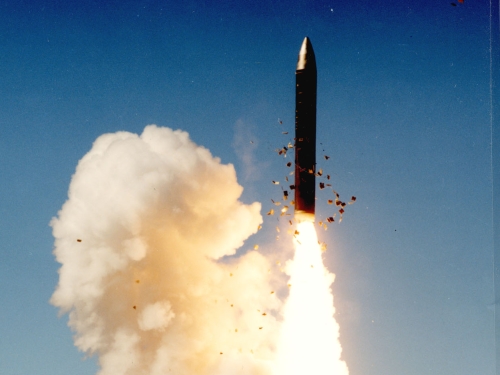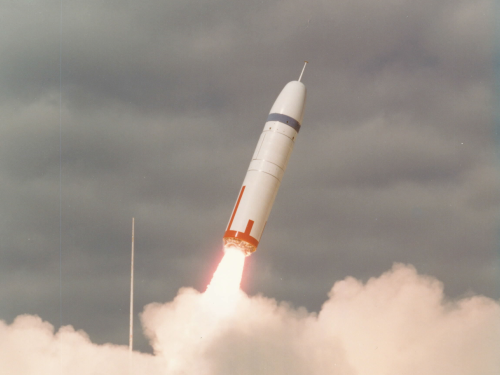
This article was originally published by the Federation of American Scientists (FAS) on 28 April, 2015.
In a speech to the Review Conference of the Non-Proliferation Treaty in New York earlier today, U.S. Secretary of State John Kerry disclosed new information about the size of the U.S. nuclear weapons stockpile.
Updated Stockpile Numbers
First, Kerry updated the DOD nuclear stockpile history by declaring that the stockpile as of September 2014 included 4,717 nuclear warheads. That is a reduction of 87 warheads since September 2013, when the DOD stockpile included 4,804 warheads, or a reduction of about 500 warheads retired since President Obama took office in January 2009.
The September 2014 number of 4,717 warheads is 43 warheads off the estimate we made in our latest FAS Nuclear Notebook in March this year.

